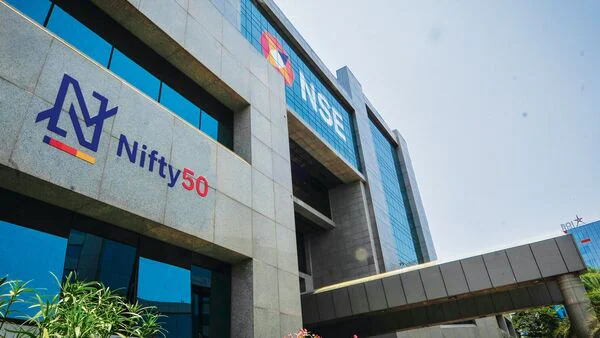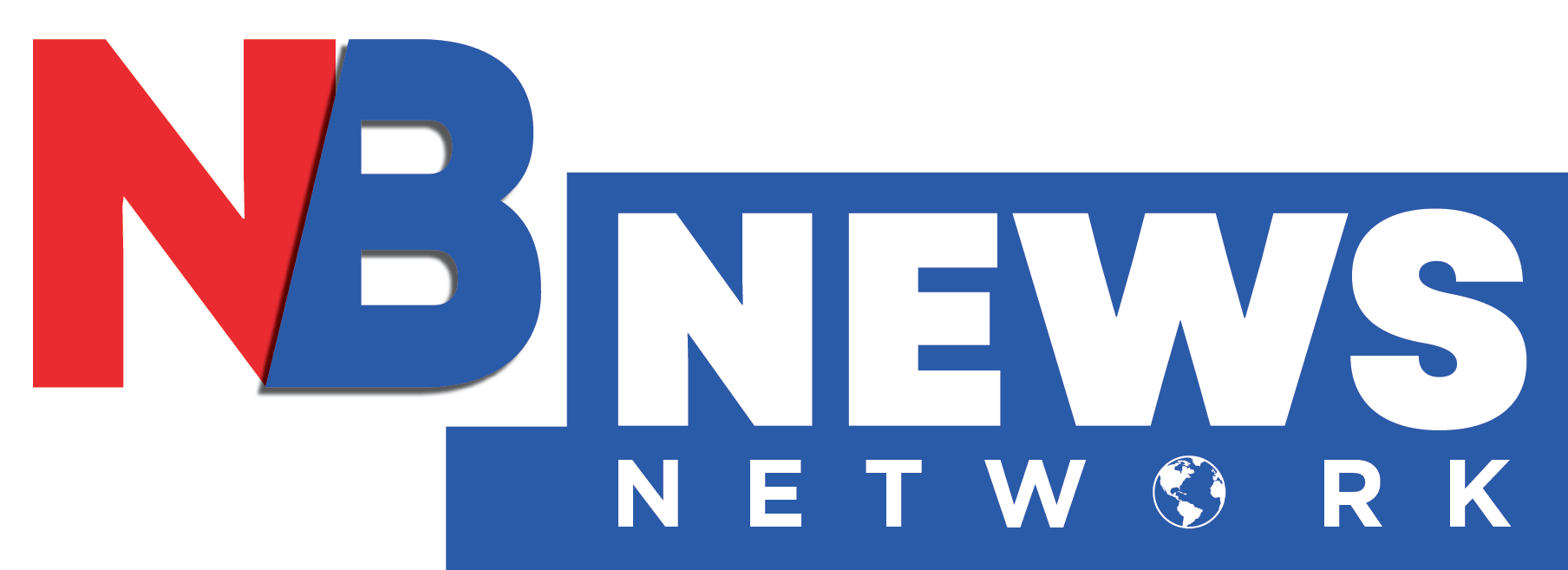Indian benchmark equity indices extended their winning streak heading into Tuesday’s session with the Nifty 50 and Sensex closing positive on Tuesday in the fifth straight session in the bull camp. The market resumed most of the early volatility to a large extent, taking cues from a mix of supportive global factors and continued domestic institutional investor (DII) buying. During the trading session on Friday, the Nifty 50 index closed at 25,103.20, up by 100.15 points (0.40%), and the BSE Sensex index increased by 256.22 points (0.31%) to close at 82,445.21.
Today’s strong performance kept the Nifty comfortably above that important 25,100 mark, a sign that the bullish mood is percolating deep in the investor psyche. Broader markets too joined in this upbeat sentiment, pushing the Nifty Midcap100 and Nifty Smallcap100 indices up by 0.18% and 0.35%, respectively. Sectorally, IT, Oil & Gas, Power, and PSU Bank indices were among the top performers, each rising by approximately 1%. The Realty index experienced some weakness. Other significant single stock moves were Jindal Saw up 10%, and Jana Small Finance Bank up 3% after it applied for a universal banking license.

International Dynamics and Inter-Institutional Migration
The Indian market’s resilience was due in large part to an overall very positive global macro environment. Asian markets traded mostly higher today with Japan’s Nikkei and South Korea’s Kospi posting impressive gains, lifted by the optimism over the possible breakthrough in US-China trade talks. On Wall Street, major indices had closed mixed on Monday, with the S&P 500 and Nasdaq inching up, while the Dow Jones remained relatively flat as investors continued to monitor the trade talks. This mixed but overall poised global picture helped create a favorable backdrop for Indian equities.
Institutional activity, especially robust activity by individuals, continued to provide strong support to the domestic market. Foreign Institutional Investors (FIIs) continued to remain net buyers, pumping ₹1,016.5 crore in Indian equities during the previous week (till June 9, 2025). Domestic Institutional Investors (DIIs) were even more confident with net purchases of ₹23,703.5 crore during the same period, further cementing their strong conviction in India’s growth story. This continued wave of buying from both FIIs & DIIs is one of the biggest factors supporting the market’s surprising strength & resilience.
Also check:- Indian Equities Rally as RBI’s Bold Rate Cut Fuels Optimism; Nifty Tops 25,100
Major Themes and Future Prospects
Apart from the larger macro picture, company-specific news drove the gains and losses at the individual stock level. Firms such as Protean eGov Technologies surged 6% on the back of a major order win announcement. Defense stocks such as Bharat Electronics (BEL) and Bharat Dynamics (BDL) rallied after media reports indicated the Indian Army would procure an indigenously developed air defense missile system. In the F&O segment, four stocks – Aditya Birla Fashion and Retail Ltd (ABFRL), Chambal Fertilisers and Chemicals Ltd., Hindustan Copper Ltd., and Titagarh Rail Systems Ltd. – were placed under the trading ban for June 10 due to breaching 95% of the market-wide position limit.
The Indian Rupee, a symbol of stability against the dollar through this crisis, is under 85.55 today. The currency market remained focused on global trade developments and the RBI’s recent string of monetary policy easing. Crude oil prices were little changed with Brent crude at about $67 per barrel.
Looking forward, hawkish vs dovish market participants will be keenly awaiting macroeconomic data points later this week, starting with US retail inflation data on Wednesday, followed by India’s Consumer Price Index (CPI) print for May on Thursday. These data releases will provide additional guidance on where inflation is headed, and what future monetary policy posture may look like, both abroad and at home. While there could be volatility in the near term, the overall mood appears to support ongoing, but cautious, optimism, with investors likely to cherry-pick those sectors that stand to gain from an improving economic picture, as well as those companies with strong, underlying fundamentals.

